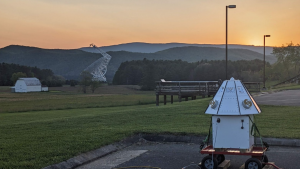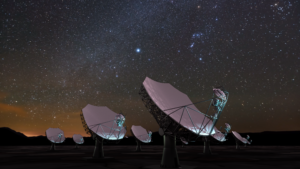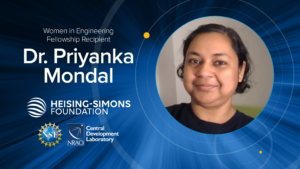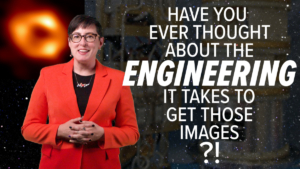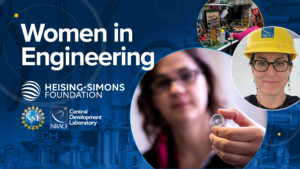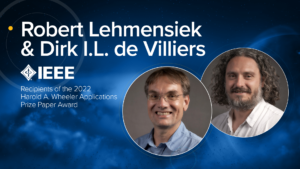The U.S. National Science Foundation National Radio Astronomy Observatory (NSF NRAO) has received funding to expand its study of…
A New Era of Data Compatibility in Astronomy
Software engineers have been hard at work to establish a common language for a global conversation. The topic—revealing the…
First Recipient of Women in Engineering Fellowship Joins Staff of Central Development Laboratory
Following a generous grant from the Heising-Simons Foundation, the Central Development Laboratory (CDL) at the National Science Foundation’s (NSF) National Radio Astronomy Observatory (NRAO) has selected their first recipient of the postdoctoral Women in Engineering fellowship, Priyanka Mondal. The Women in Engineering program increases opportunities for women to enter the field of radio astronomy through engineering pathways.
Baseline 14— Central Development Laboratory: The Magic Behind the Wonder
Radio telescopes are powerful tools that allow astronomers to study the Universe. We often read about the discoveries they make, but we rarely get a glimpse of the engineers and technicians that design and build these telescopes. Join our host Summer Ash as she talks about NRAO’s Central Development Laboratory (CDL) and how CDL helps make modern radio astronomy a reality.
NRAO’s Central Development Laboratory to Launch New Women in Engineering Program With Support from the Heising-Simons Foundation
Following a generous grant from the Heising-Simons Foundation, the Central Development Laboratory (CDL) at NSF’s National Radio Astronomy Observatory (NRAO) will soon launch an ambitious Women in Engineering program that will increase opportunities for women to enter the field of radio astronomy through engineering pathways. The program will include a postdoctoral fellowship and a co-op program for undergraduate and graduate students.
ngVLA Engineering Paper Selected for Prestigious IEEE Award
A team of engineers testing the design efficiency of reflectors for the National Radio Astronomy Observatory’s upcoming next generation Very Large Array (ngVLA) has received the Institute of Electrical and Electronics Engineers (IEEE) Harold A. Wheeler Applications Prize Paper Award.






